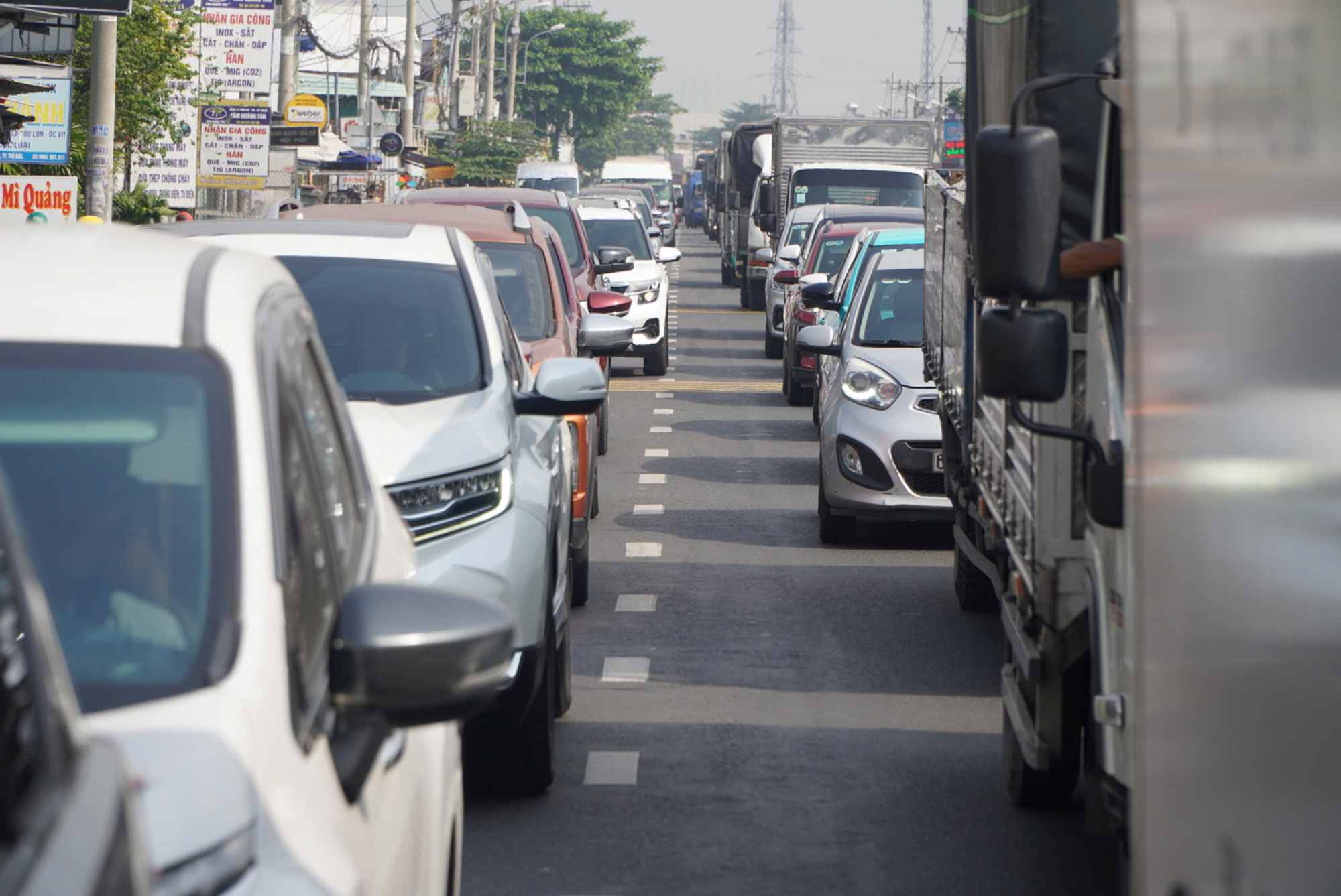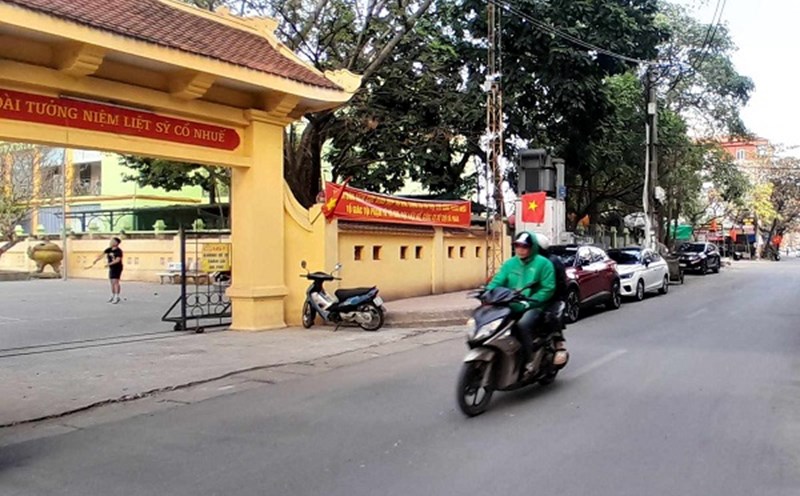Choose elevated road or widen existing road?
These are expected to be projects that solve traffic congestion and at the same time create momentum for economic development. However, to realize them, the city needs to solve difficult problems regarding implementation plans, toll collection, land use and ensuring harmonious interests between investors and residents.
With a total estimated investment of nearly VND60,000 billion, the five projects propose two main options: Expanding existing routes or building elevated roads. According to the project consultant, the combined option will be more effective, with about 16km of overpasses on a total length of 36.5km of routes.
In particular, National Highway 13 (from Binh Trieu Bridge to Binh Duong Province) is designed to be mainly elevated with a scale of 4 lanes, with a total investment of nearly 20,000 billion VND, 2,000 billion VND higher than the plan to only go low. Similarly, the North-South axis road and Binh Tien bridge are also proposed to be built elevated to avoid intersections and increase traffic speed, with investment capital of 8,483 billion VND and 6,800 billion VND, respectively.
Meanwhile, the projects to upgrade National Highway 1 and National Highway 22 will apply the low-speed option combined with different-level intersections, with a total investment of VND15,800 billion and more than VND8,400 billion, respectively.
To implement, the State budget will support from 26% to 70% of the investment capital depending on each project, the rest will be arranged by the BOT investor. The expected payback period is from 18 to 25 years, depending on the toll collection plan.

Toll collection plan: How to make it reasonable?
According to the consulting unit, vehicles traveling on high ground will be charged higher fees than those traveling on low ground. The fee can be applied based on a single ticket or calculated by distance (km), with flexible adjustments according to time frames: High price at peak times, low price at off-peak times.
As one of the investors interested in the project, Mr. Le Quynh Mai - Vice President of Deo Ca Transport Infrastructure Investment Joint Stock Company, supports collecting fees by kilometer to ensure fairness: "It is reasonable for people to pay for the amount they travel. Current technologies can completely implement toll collection by section."
However, many investors are concerned that building an elevated road from the beginning will increase costs and make it difficult to recover capital, especially in areas far from the center.
Mr. Le Quoc Binh - General Director of Ho Chi Minh City Infrastructure Investment Joint Stock Company (CII), proposed dividing the project into two phases: Build the underground road first and only upgrade to the elevated road when traffic volume reaches a certain level. This will avoid waste and reduce initial capital pressure.
On the contrary, Dr. Tran Du Lich - Chairman of the Advisory Council for the implementation of Resolution 98, supports the elevated road option: "People can choose to pay higher fees to travel on open roads. However, the collection of fees on existing routes needs to be carefully considered to avoid causing dissatisfaction." Dr. Tran Du Lich also emphasized that Ho Chi Minh City needs to be transparent about its investment plan, clearly committing to progress and benefits for all parties. "Infrastructure solutions need to be long-term instead of just short-term solutions," said Mr. Lich.
Land clearance problem
Another major challenge is site clearance (GPMB), a factor that directly affects project progress and finances.
Mr. Le Quoc Binh proposed to separate the site clearance work into an independent project, ensuring that at least 90% of the site is ready before the investor starts implementing.
"If capital is buried because there is no construction site, businesses will suffer great losses," Mr. Binh warned.
According to Mr. Tran Quang Lam - Director of the Ho Chi Minh City Department of Transport, implementing BOT on existing roads is very complicated, requiring consensus from both people and businesses.
“Choosing appropriate technical solutions and toll collection mechanisms will determine the success of these projects,” Mr. Lam emphasized.
The city's transport sector is currently finalizing plans based on the opinions of relevant parties. The project dossier is expected to be completed by the end of 2024 or early 2025, with an implementation plan for the 2025-2028 period.











